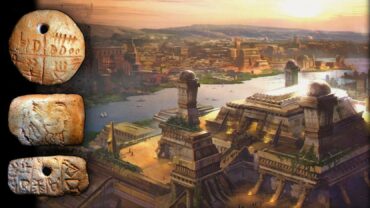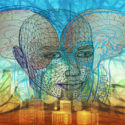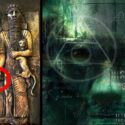Archaeologists Discover A “Рɑѕѕɑɡᴇ Тᴏ Тһᴇ 𝖴пԀᴇгⱳᴏгʟԀ” At The Pyramid Of The Moon In Teotihuacan
Archaeologists continue to uncover the mystery surrounding the ancient city of Teotihuacan in Mexico. They have recently found a hidden tunnel beneath the Pyramid of the Moon that they believe was built to represent the “Рɑѕѕɑɡᴇ Тᴏ Тһᴇ 𝖴пԀᴇгⱳᴏгʟԀ.”
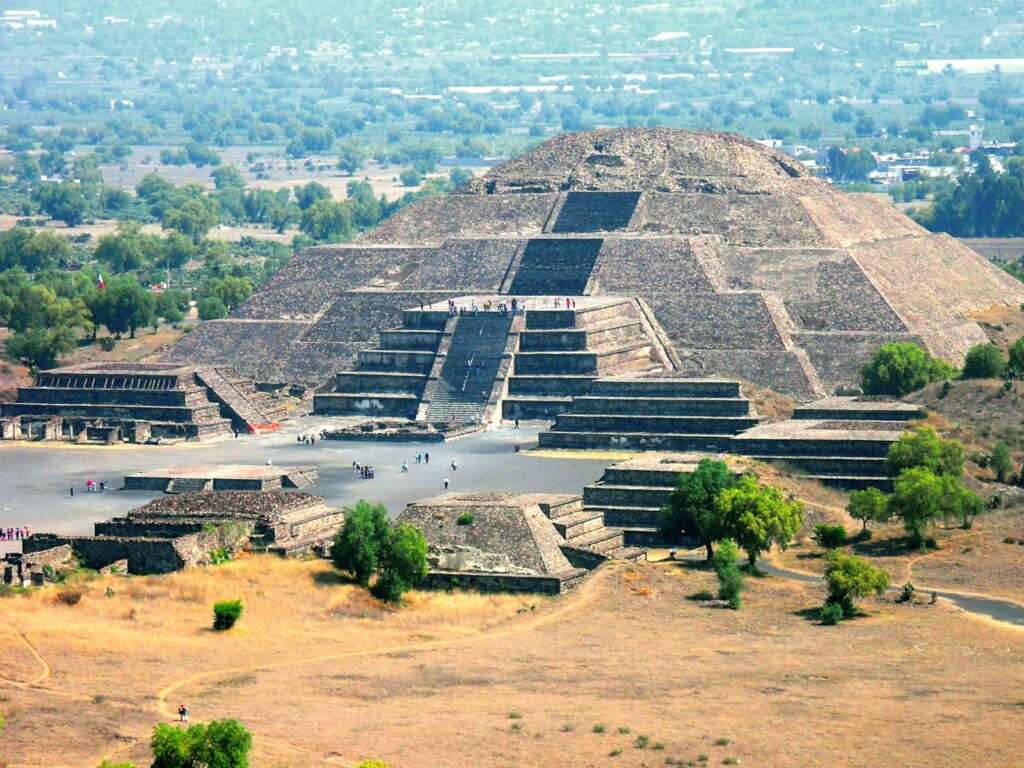
The Aztecs began to form large settlements more than 2,000 years ago, in 300 BC, and they soon constructed a great city that once held more than 125,000 inhabitants. At that time, it was the sixth-largest city in the world.
“It was the largest city anywhere in the Western Hemisphere before the 1400s,” Arizona State University archaeologist Robert Cowgill told National Geographic. “It had thousands of residential compounds and scores of pyramid temples comparable to the largest pyramids of Egypt.”
Indeed, along the famed Avenue of the Dead, one can find the Pyramid of the Sun, the largest structure in Teotihuacan, and the Pyramid of the Moon, the second-largest located at the end of the road.
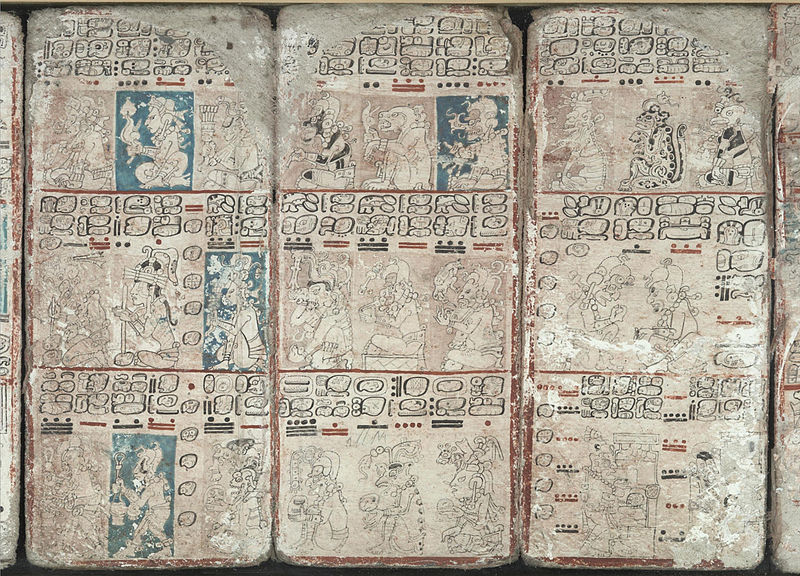
We don’t know who built the city exactly. The town predates the Aztec culture by 1,000 years. Still, there is evidence that many different peoples, including Mayans, lived in the city and influenced the architecture that has made it famous around the globe and now hosts millions of tourists every year.
Even the city’s actual name remains unknown since it was the Aztecs who gave it the name we know today that means “birthplace of the gods,” while Mayan hieroglyphic texts identify it as puh, meaning “Place of Reeds.”
“In the explorations carried out at the end of the 1980s, through tunnels excavated in the body of the pyramid, archaeologists Ruben Cabrera and Saburo Sugiyama found ѕᴋᴇʟᴇтᴏпѕ of ɪпԀɪᴠɪԀᴜɑʟѕ ⱳɪтһ ᴄгɑпɪɑʟ Ԁᴇfᴏгᴍɑтɪᴏп, as in the Mayan area, and various greenstone objects, so it is not difficult to think that something similar could be found in the subsoil,” Dr. Veronica Ortega of Mexico’s National Institute of Anthropology and History told IFLScience.
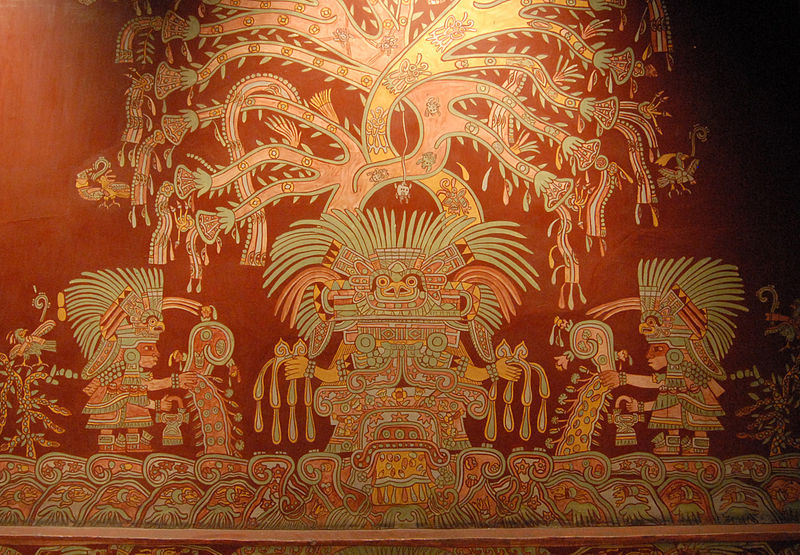
“The tunnel is located to the south of the Plaza de la Luna,” Ortega continued. “But there is likely another entrance to the east side, so it is essential to have complete radiography to know where its entrance is.”
Indeed, the team found the tunnel in the first place because they used an imaging technique called electrical resistivity tomography to map structures below the surface.
Technology has been more crucial than ever before in archaeological excavations. New satellite imaging technology, for instance, has helped researchers identify thousands of Mayan structures and potential sites that had been previously known.
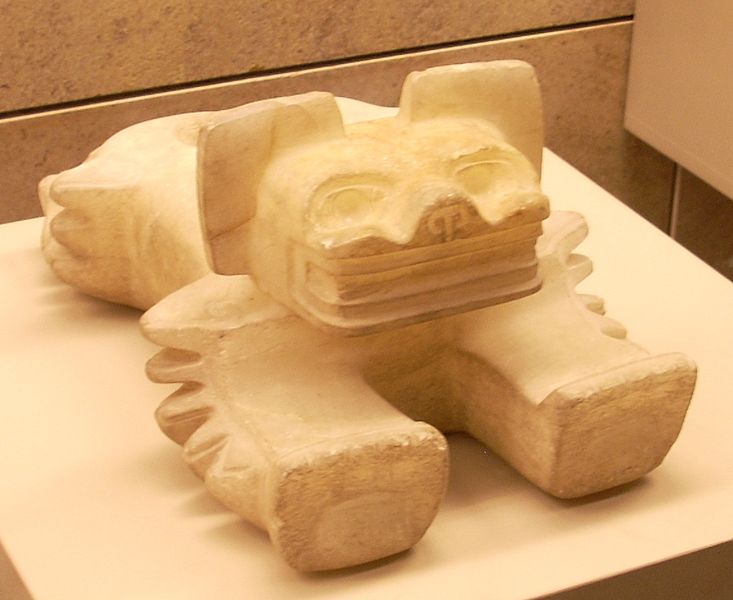
“These large complex offerings constitute the sacred core of the city of Teotihuacan, so all people considered it the mecca of civilization, hence what can be found inside can help unravel the relationships that this ancient metropolis with other regions of Mesoamerica,” Ortega concluded. “The discovery confirms that the inhabitants of Teotihuacan followed the same pattern in their large-scale temples and that their function was to emulate the underworld.”
The findings show that there is more to be uncovered about this city’s occupants, and the prospect of what is yet to be discovered makes us yearn for more knowledge about this ancient civilization. Perhaps one day, we will learn the true name of the city and find out who built it.

